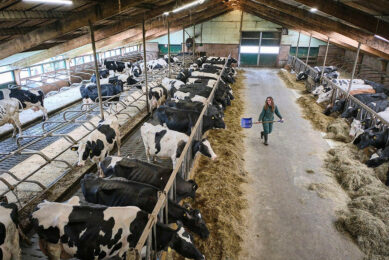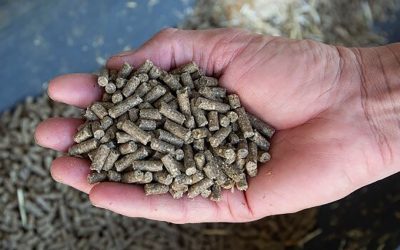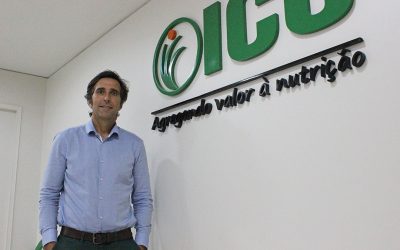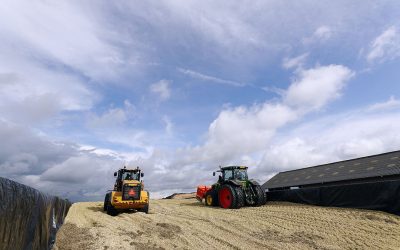Feeding the ewe for vital lambs
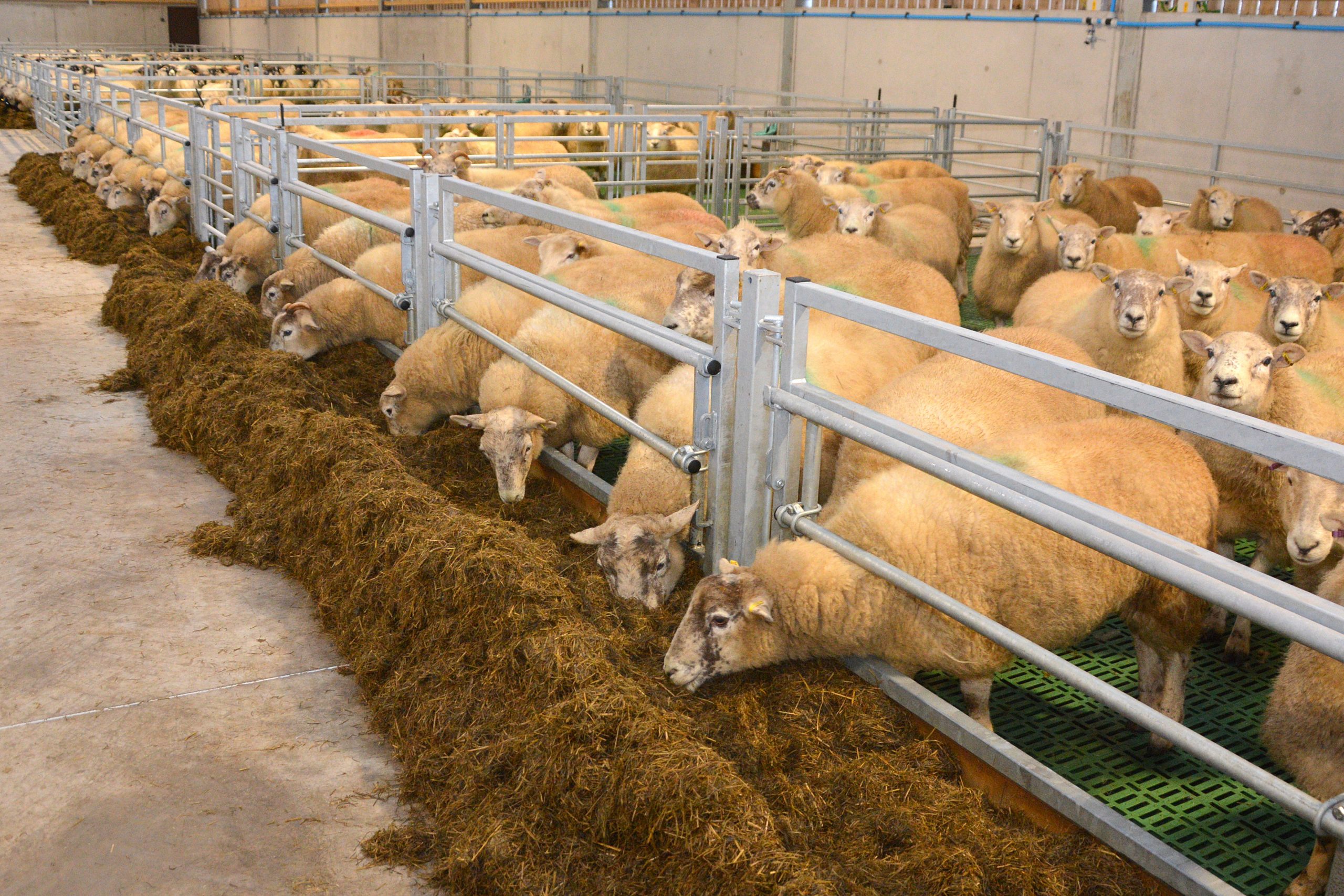
Feeding ewes the proper nutrition required in late pregnancy is vital to ensure the mother has enough colostrum for the newborn lamb and also influences lamb birth weights and subsequent growth rates.
During the final 6 to 8 weeks before lambing, ewe feeding requirements depend on a number of factors such as number of lambs she is carrying, and the ewe’s body condition. Ongoing research work at the hill farm run by Greenmount Agricultural College in Northern Ireland under the watchful eye of Dr Eileen McCloskey, sheep technologist, proves that in late pregnancy, energy and protein requirements will increase rapidly potentially doubling for ewes carrying twins. However, as the lambs grow, rumen space is less and appetite can reduced by 30% making it difficult for the ewe to meet all the nutrient demands from forage alone.
Dr McCloskey said: “The requirement to feed the ewe a supplement will greatly depend on the availability and quality of forage and the system for example outdoor or indoor lambing. Where ewes are housed and fed silage, hay or straw they will need some level of concentrate feeding because the forage will not be balanced in terms of energy, protein, minerals and vitamins and also because in the latter stages of pregnancy foetal growth will inhibit their ability to consume sufficient levels of bulky forage.” Offering precision chop silage with a high energy and protein level will greatly reduce concentrate feed requirements. Big bale silage of similar quality to precision chop silage will require higher feed levels as the physical nature of the forage will reduce intake.
Concentrate quality
Farmers should also take the concentrate feed quality into consideration as that is also an important factor. While energy is a very important component of the ration, if it’s not stated on the label, discuss with supplier and be aware of the difference between fresh and dry matter. “In the absence of this information, look for a ration which contains high energy ingredients such as barley, wheat, maize, citrus/beet pulp, soyabean meal and distillers,” said Dr McCloskey. She continued: “Farmers should be cautious with the levels of distillers as certain breeds are more susceptible to copper toxicity. Protein is also very important especially in the final 3 weeks of pregnancy. Most feeds will be sold with a declaration of crude protein percentage which should be at least 16-18% in a pre-lambing ration. Protein quality is extremely important so ensure that the ration contains good quality ingredients, ideally soyabean meal, as the main protein source followed by rapeseed meal. Avoid feeds with high levels of poor quality proteins,” said Dr McCloskey. “The rate of inclusion of ingredients will be listed in descending order with the highest levels first. Ensure the ration contains appropriate mineral and vitamins for stock and feeding regime.”
Feed space
It is important to have adequate trough space to avoid competition and aggression when sheep are given concentrate feed and all animals are fed together to ensure that all ewes receive an adequate amount.
The college recommends a lowland ewe weighing 60kgs to 90kgs should have a feed space of 45cm and a hill ewe weighing 45kgs to 60khs should have a feed space of 30cm. However, when feeding ad lib, with a total mixed ration, trough space can normally be provided within the range 10–12 cm per ewe, dependent upon ewe size.
Outdoor systems
A good grass-based system has the potential to meet all the demands of the pregnant and lactating ewe without offering supplementary feeding.
Like housed systems it will depend on ewe condition, litter size and grass quality while taking into account lambing date, weather and ground conditions. Spring grass can provide a food source with 10-12MJ of energy and 16-22% crude protein per kg/DM. Target swards heights at 4-5cm and stock appropriately based on grass quality, growing conditions and litter size. Ewe condition should be regularly monitored and additional feed offered if required.
Correct management
In conclusion Dr McCloskey said: “Correct management of the ewe during the last 6 to 8 weeks pre-lambing is critical as 75% of lamb growth occurs during this time as well as udder development and colostrum production. The level of supplementary feeding will depend on the body condition of the ewe, litter size, type and quality of forage available. Silages should be well fermented have a good energy, protein, dry matter and D value and be free from soil contamination. This will improve intake values, reduce the need for supplementation and avoid issues such as listeriosis,” According to Dr McCloskey it is essential to know the quality of the forage offered to ensure appropriate concentrate levels which meet the demands of the ewe but are also economic, ask your nutritionist or feed supplier about forage analysis. “Understand the quality of the concentrate feed; check energy, protein and mineral and vitamin levels as well as the quality and inclusion of individual ingredients. “If ewes are housed, appropriate feed space is essential to avoid under feeding and aggression. Always ensure a good supply of fresh water especially where high levels of concentrate feed are offered,” she concluded.




